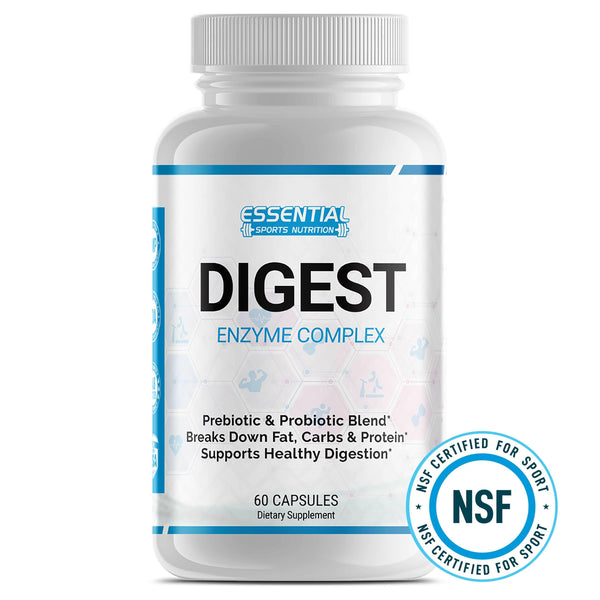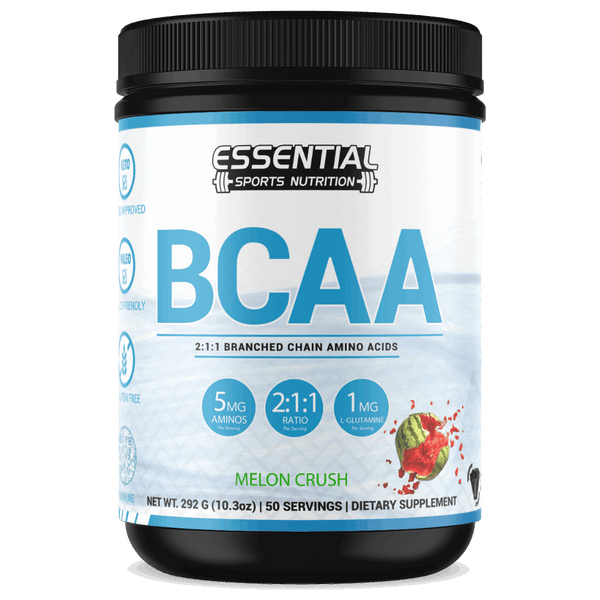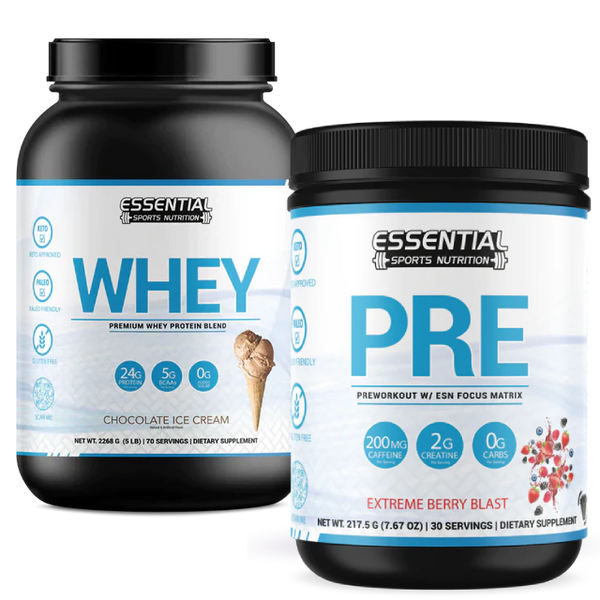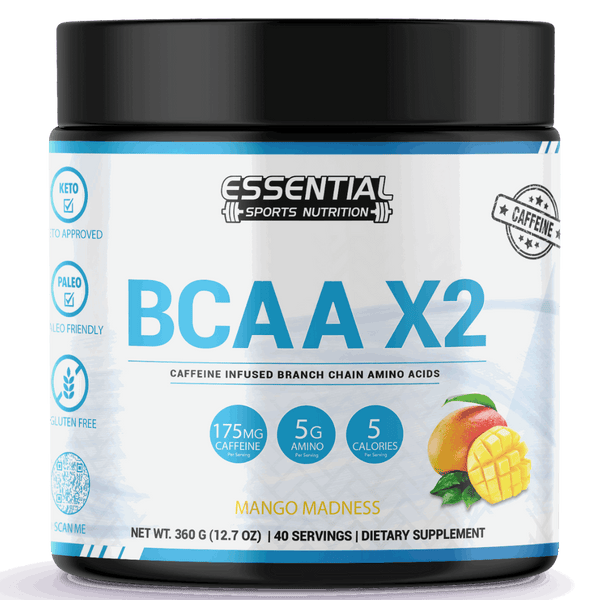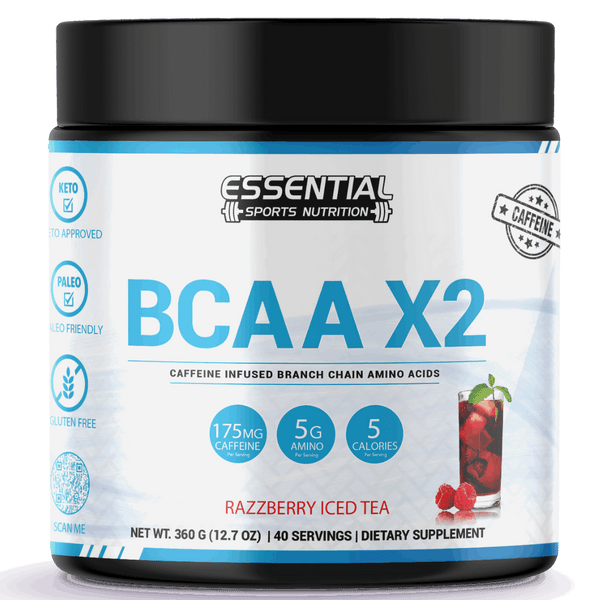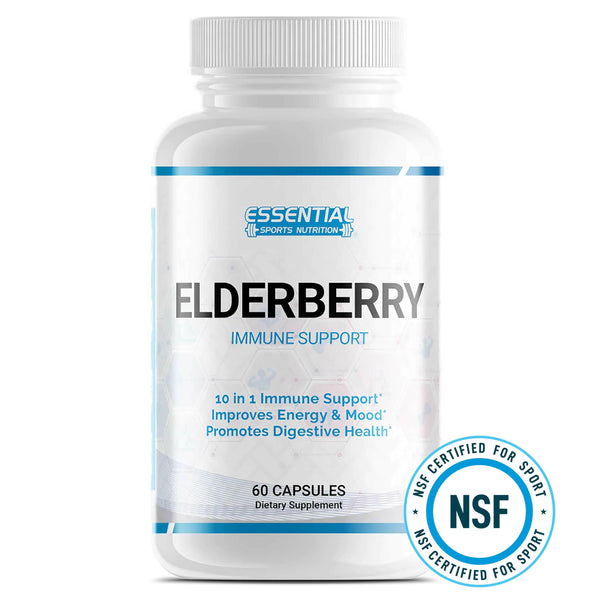Sculpt Your Gams: The Best Calf Exercises Every Woman Should Try
To enhance your calf strength and shape, start with variations of calf raises: turned out, inward, and even seated to hit different muscle angles. Incorporate dynamic exercises like jumping lunges and fast foot hops to boost your agility and stability. Don't forget the importance of a good stretch with calf-focused moves using a resistance band or yoga poses like Downward Facing Dog. Building a routine with these exercises can lead to better lower body performance and sculpted calves. Ready to kickstart your journey? There's more for you to explore that will elevate your workouts even further.

Key Takeaways
Single-leg calf raises enhance balance and strengthen each calf individually.
Seated calf raises target the deeper soleus muscle, which is crucial for ankle stability.
Jumping lunges add variety and intensity, improving agility and calf muscle endurance.
Resistance band workouts, like band calf marches, increase lower body strength and calf muscle activation.
Incorporate effective stretching techniques, such as using a resistance band, to prevent injuries and maintain calf flexibility.
Importance of Strong Calves
Strong calves aren't just essential for supporting your lower body load, making everyday activities like walking and running smoother and more efficient. As a woman, focusing on the strength of your calf muscles can greatly enhance your overall agility and stability. This isn't just about looking good; it's about feeling powerful and capable in your movements.
When you strengthen your calves, you're not only working on muscles that help propel you forward while running but also improving the vital ankle rotation necessary for fluid motion. Enhanced foot flexion and better knee stability are additional benefits of robust calf muscles. Imagine running faster, jumping higher, and feeling sturdier on your feet—all possible with targeted calf exercises.
Anatomy of Calf Muscles

Understanding the anatomy of your calf muscles, which include the prominent gastrocnemius and the deeper soleus, is essential for designing workouts that effectively strengthen and tone these key areas. The gastrocnemius, the more visible of the two, starts at the femur and extends down to the ankle. This muscle gives your calves their curved shape and plays a pivotal role in movements like jumping and running. Beneath it lies the soleus, which, while less visible, is vital for ankle stability and flexion.
As a woman aiming to enhance lower body strength, grasping these details can transform your approach to leg workouts. Both muscles support a significant portion of your lower body load, underscoring the importance of targeted calf exercises in your routine. By incorporating specific exercises that challenge both the gastrocnemius and soleus, you'll build strength and improve the tone and overall shape of your calves.
Causes of Calf Pain
As you ramp up your workout intensity, it's important to consider common muscle strains and the role of stretching. If you're not stretching adequately, you're more susceptible to calf pain, which can wrench your fitness goals. Remember, incorporating effective stretching techniques before and after your exercises can greatly reduce your risk of discomfort and improve your overall performance.
Common Muscle Strains
You'll often find that inadequate warmups or excessive repetitive movements are common culprits behind calf muscle strains in women. These strains can disrupt your daily activities and exercise routines, making focusing on prevention and recovery essential. When you experience calf pain, prioritizing rest is key to allowing your muscles to recover and prevent further injury. Understanding the causes of calf strains and muscle cramps can empower you to be more proactive. Take steps to strengthen and protect your calf muscles by incorporating specific exercises that target this area. Being proactive helps swift recovery and prevent future issues, ensuring you maintain your mobility and continue enjoying your active lifestyle without setbacks.
Inadequate Stretching Techniques
Calf pain often stems from not stretching properly before and after workouts. Effective stretching techniques are essential to prevent calf muscle strain and guarantee that your calf muscles remain flexible and strong. Remember, a solid warm-up routine isn't just about breaking a sweat; it's about preparing your muscles for the activity ahead, reducing the risk of overuse and repetitive movements that can lead to pain.
| Stretching Issue | Possible Consequence | Prevention Tip |
|---|---|---|
| Improper Stretching | Calf Muscle Strain | Stretch before & after |
| Insufficient Warm-Up | Muscle Cramps | Gradual intensity increase |
| Overuse | Swelling, Tenderness | Regular breaks |
| Repetitive Movements | Calf Pain | Vary your exercises |
| Skipping Cool-Down | Increased Muscle Soreness | Gentle stretching post-workout |
Embrace these practices to keep your calf muscles healthy and pain-free!
Strengthening Exercises for Calves

To boost your calf strength, let's explore a variety of effective calf raises, each tailored to challenge and enhance your muscles differently. You'll also benefit from incorporating resistance band workouts that target and tone, providing both strength and flexibility. Finally, plyometric training will increase your power and improve your overall athletic performance, making every jump and step more impactful.
Effective Calf Raises Variations
Exploring variations in calf raises, such as turned out, inward, and seated positions, can greatly enhance your calf muscle strength, balance, and stability. For a thorough workout, integrate seated calf raises to target deeper muscles and add dynamic jumping exercises to boost endurance. Turn your toes outward in turned out calf raises to hit different angles, while inward positions challenge your inner calf muscles, promoting better stability. Don't forget to incorporate isometric calf raises, increasing muscle tension without movement and enhancing control. If you're up for a challenge, single leg calf raises and fast feet with hop are perfect; they not only improve balance but also strengthen your calves dynamically. Commit to these variations, and you'll see significant performance and injury prevention improvements.
Resistance Band Workouts
Resistance band workouts provide a dynamic way to strengthen your calf muscles, offering adjustable intensity to suit your fitness level. These portable and versatile tools are perfect for enhancing your home fitness routine, focusing on muscle activation and overall lower body strength. As you engage the stabilizing muscles in your calves, you'll notice improvements in your calf training, tailored specifically for women seeking efficient results.
| Exercise | Benefits |
|---|---|
| Band Pulls | Targets calf muscles directly |
| Standing Band Flex | Increases muscle activation |
| Seated Band Push | Strengthens lower calf and stabilizers |
| Band Calf March | Boosts overall lower body strength |
Incorporate these exercises into your routine to see a significant transformation in your calf muscles and lower body strength.
Plyometric Training Benefits
Plyometric training effectively boosts your calf strength, power, and agility, which is crucial for enhancing athletic performance and everyday activities. You can develop explosive power that translates to faster running speed and more fluid movements through dynamic movements like box jumps and jump squats. These calf exercises are designed to maximize muscle activation, helping you achieve stronger and more toned muscles. Incorporating plyometric training into your routine guarantees that every jump and step increases your calves' coordination and power, propelling you toward peak fitness levels. Embrace these workouts to see remarkable changes in both your athletic capabilities and the sculpted appearance of your calves.
Best Calf Exercises at Home

You can effectively strengthen your calves at home using simple exercises like calf raises and lunges, which require minimal or no equipment. These movements target your lower body and enhance your ankle stability and overall fitness. To start, try standing calf raises by lifting your heels off the ground and holding for a few seconds. Grab some dumbbells or loop resistance bands under your feet for added intensity.
Incorporating lunges into your routine will further engage and help tone your calves. Each lunge step forces your calves to work hard to stabilize your body, improving your running speed and jumping ability. Remember, consistency is key. Regular calf workouts contribute to stronger, more toned calves that not only look great but also perform better.
Don't hesitate to mix things up with different variations like single-leg calf raises or jumping lunges to keep your workouts fresh and challenging. These exercises are fantastic for home workouts as they require very little space and equipment. Dedicating just a few minutes a day to these exercises will significantly improve your lower body strength and performance.
Effective Calf Stretching Techniques

Let's explore some effective calf stretching techniques to enhance flexibility and prevent injuries. First off, try standing upright with your feet hip-width apart. This basic position allows you to feel a deep stretch through your calves, which is essential for maintaining lower body health and boosting your performance in various activities.
Next, incorporate a banded calf stretch into your routine. Placing a resistance band around your foot and gently pulling it towards your face will intensify the stretch, notably improving your flexibility. This method is particularly useful as it targets the muscles more deeply and aids in faster recovery time.
Remember to add the Downward Facing Dog pose from yoga. This pose stretches your calves and helps lengthen your hamstrings and back, contributing to an overall body stretch that enhances fitness and longevity.
Including these calf stretching techniques regularly before and after your workouts can make a noticeable difference in your muscular health and athletic performance. It's not just about stretching; it's about preparing your body for the long haul and ensuring you're stepping forward with your best foot each time. Keep stretching, stay flexible, and watch your performance soar.
Preventing Calf Injuries

To prevent calf injuries, commencing each session with a proper warm-up and careful stretching is crucial. Before you engage in heavier exercises, get your blood flowing with light activities such as walking or a gentle jog. This preps your muscles for the workout ahead. Next, focus on dynamic stretches that specifically target your lower legs, ensuring your calves are ready to handle the stress of your routine.
Pay attention to your form when you're prepared to progress to weight-bearing exercises. When performing movements like calf raises or leg presses, keep your back straight and your knees aligned with your feet. This alignment helps distribute weight evenly and reduces the strain on your calves.
Gradually increase the intensity and volume of your calf exercises. Transitioning into high-intensity routines without proper progression can overload your muscles, leading to strains or sprains. Listen to your body and scale back if you feel discomfort or pain.
Conclusion

You've journeyed through understanding the robust pillars that carry you through each day—your calves. By embracing these exercises and stretches, you're not just enhancing your strength, you're investing in your mobility's future. Remember, nurturing your calves isn't just about sculpting beauty; it's about fostering resilience. So, keep pushing, stay consistent, and make every step you take stronger and more stable. Here's to stepping up to a healthier, more vibrant you!
Best Calf Exercises and Workouts for Women FAQs
Q: What are some of the best calf exercises for women?
A: Some of the best calf exercises for women include standing calf raises, seated calf raises, single-leg calf raises, calf raises with dumbbells, and using a jump rope.
Q: How can I build bigger calf muscles?
A: To build bigger calf muscles, you can incorporate exercises such as calf raises, single-leg calf raises, and seated calf raises into your workout routine. Additionally, gradually increase the weight and intensity of your calf exercises.
Q: Can you suggest the best calf exercises that can be done at home?
A: Some of the best calf exercises that can be done at home include standing calf raises, calf raises with dumbbells, single-leg calf raises, and calf raises using a step or elevated platform.
Q: How do I properly perform a single leg calf raise?
A: To perform a single-leg calf raise, stand on one leg with the other leg slightly bent for balance, then rise up onto the ball of your foot by pushing through your toes until you feel a contraction in your calf muscle. Slowly lower back down and repeat for the desired number of repetitions.
Q: What are some tips for effectively stretching your calves?
A: To effectively stretch your calves, you can perform stretches such as the standing calf stretch, seated calf stretch, or using a towel to stretch your calves. Hold each stretch for about 30 seconds, and remember to breathe deeply.
Q: How important is calf muscle anatomy in understanding calf exercises?
A: Understanding calf muscle anatomy is crucial in targeting specific muscles during calf exercises. The calf muscles, including the gastrocnemius and soleus, play a key role in movements like pointing your toes and pushing off the ground.
Q: What type of workouts are beneficial for women looking to strengthen their calves?
A: Women can benefit from incorporating strength training exercises such as calf raises, calf presses and calf stretches into their workout routines to strengthen and tone their calf muscles effectively.
Q: What Is the Most Effective Calf Exercise?
A: The most effective calf exercise is the calf raise. It targets key muscles, boosts strength, and enhances definition. For best results, try varying your routine with weights or single-leg variations.
Q: Should Women Workout Calves?
A: Absolutely, you should focus on calf workouts! They boost your stability, enhance athletic performance, and prevent injuries. Plus, toned calves are just icing on the cake. Don't skip leg day, especially calves!
Q: How to Build Calf Muscle Woman Exercises?
A: Try calf raises, lunges, and jumping exercises to build calf muscles. Use resistance bands for added challenge and be consistent. Be patient, as muscle growth takes time and dedication. Keep pushing!
Q: How to Tone Calves Quickly?
A: Want speedy results? Incorporate calf raises with weights, jump squats, and HIIT into your routine. Stay consistent—work those calves 2-3 times weekly, and you'll notice the difference. Keep pushing.



